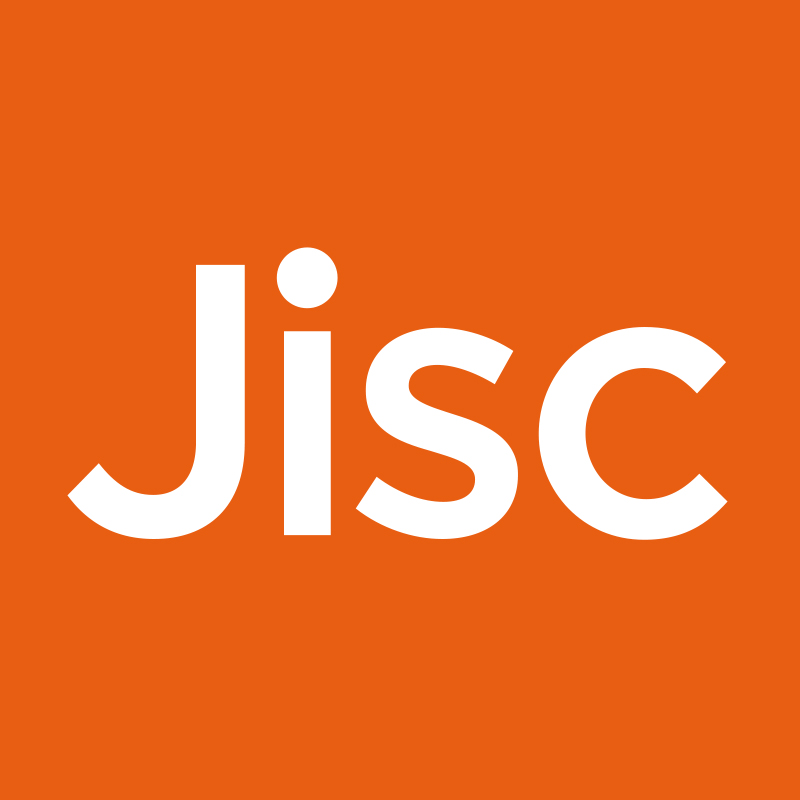It’s always nice when lots of things you’re working on come together, and I had a day like that today at the Jisc Learning and Teaching Experts group. Changing the learning landscape, digital literacies, and students as change agents were all on the agenda: all interesting areas in their own right, and particularly so once you start exploring links between them.
I ran a session on the approaches to supporting change we’ve taken in the Changing the Learning Landscape programme, and some key ideas in change management more generally for delegates to consider and discuss. (See my slides.) Pulling this together was a chance for me to reflect on how the ‘textbook’ picture of change management relates to the messy reality of working in universities and colleges. Based on the many change management lessons from our projects over the years, the concepts and processes identified are indeed the key ones, but in the wild they operate in mixtures of different proportions, especially where change is driven bottom-up or middle-out, rather than the neater top-down model starting with strategic vision. Particularly in these middle-out situations, projects in the Developing Digital Literacies programme have had to be more opportunistic – keeping all the principles and processes that drive change in mind, but where for example there is no current possibility of movement on the strategic front, just keeping this area warm until a change of leadership or direction may suddenly enable a leap forward in this area. Conversely, of course, changes at the top can also make it more difficult to embed and anchor changes which were previously going well.
The consultancy I’ve done with institutions for CLL has emphasised for me the importance of communication and bringing key stakeholders together in any change process, even if this may initially make the task in hand seem more complex. All completely common sense and at the heart of everything on change management, but sometimes difficult to make yourself do if you’re already busy and under pressure. Although most institutions have everything they need to make a change in-house, there seems to be a catalyst effect of having someone external coming in to facilitate, advise, and crucially bring knowledge of what other institutions are doing. That knowledge is something we in Jisc are very fortunate to be rich in, having funded many programmes of e-learning projects in universities and colleges round the country. Core to our philosophy has been the sharing of the learning from projects with the wider sector, and this background of sharable longitudinal and up-to-date technological and change management lessons from institutions has been what has made our involvement in the Changing the Learning Landscape programme so rewarding.
The students as change agents theme has been very important to both recent Jisc programmes and to the Changing the Learning Landscape programme (see a previous blog post for more on this.) In the discussions during the students as change agents session, which followed my change management session, delegates asked me where the student change agent work fitted within the change management models I’d presented. I see it as part of a change management approach which views students as full partners in their education, therefore the principles of effective two-way communication throughout the process, and of working with all groups affected to understand better their current practices, needs and views, obviously apply. Students can be champions for new practices, they can be change managers to keep the change moving in their areas of influence and feed back emerging issues. Some concern was expressed that sometimes the student voice can drown out the professional judgement of staff, but from the examples I’ve seen, where students work as real partners alongside academic and professional service staff, each develops an understanding of each other’s needs, motivations and constraints, and respect for the knowledge and skills that each one brings to the party, rather than one voice triumphing. The Student Change Agent Network should be able to capture these examples of approaches that have worked and help people wondering how to take the first steps in this direction.
For more on change management, see the excellent resources from Jisc InfoNet – there’s lots there on the principles and big picture thinking, and on practical techniques to take work forward in the various areas.
